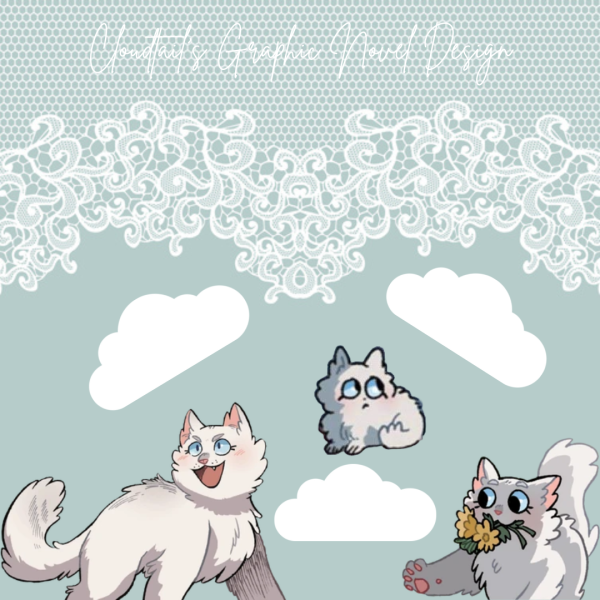The history of Christmas ornaments
The first Christmas ornaments originated in 16th century Germany and were nothing like what we have today.
The small trees were decorated with candles, apples, nuts, and berries, often referred to as “paradise trees” in church plays. Therefore, it became a Christian tradition, beginning to spread across Europe.
In current times, we call them “Christmas” trees, but decorating an evergreen tree marks the celebration of the most wonderful time of the year. The decorating of trees for winter actually dates back to ancient Egyptians. Having evergreen around was thought to bring hope during winter’s harshness.
German immigrants brought this practice to America in the 18th and 19th centuries but was rejected by the Puritanical religious groups for their historically pagan background. While it took a while to catch on, small communities of German descent continued to practice this starting in the mid-1700s.
In the late 1840s, there was a published depiction of Queen Victoria celebrating the Christmas holiday with her German husband, Prince Albert, and their family around a decorated evergreen tree. This picture transformed into a practice wealthy American’s soon adopted. That being said, local businesses soon caught on to the ornament’s commercial potential.
By the 1890s, Woolworth’s Department Store was selling $25 million dollars worth of ornaments made of lead and blown glass imported from Germany. As time continued tree decorating became more and more artful with things such as silk, wool, and (my favorite) tinsel.
Soon thereafter Germany was competing with the Japanese as the ornaments became a global phenomenon. By the 1930s over 250,000 ornaments were imported into the United States.
Information from theculturetrip.com

Hello, my name is Gabe Josefowicz, and I am a Junior at Greater Nanticoke Area High School. This is my first year writing for The GNA Insider. I have attended...







